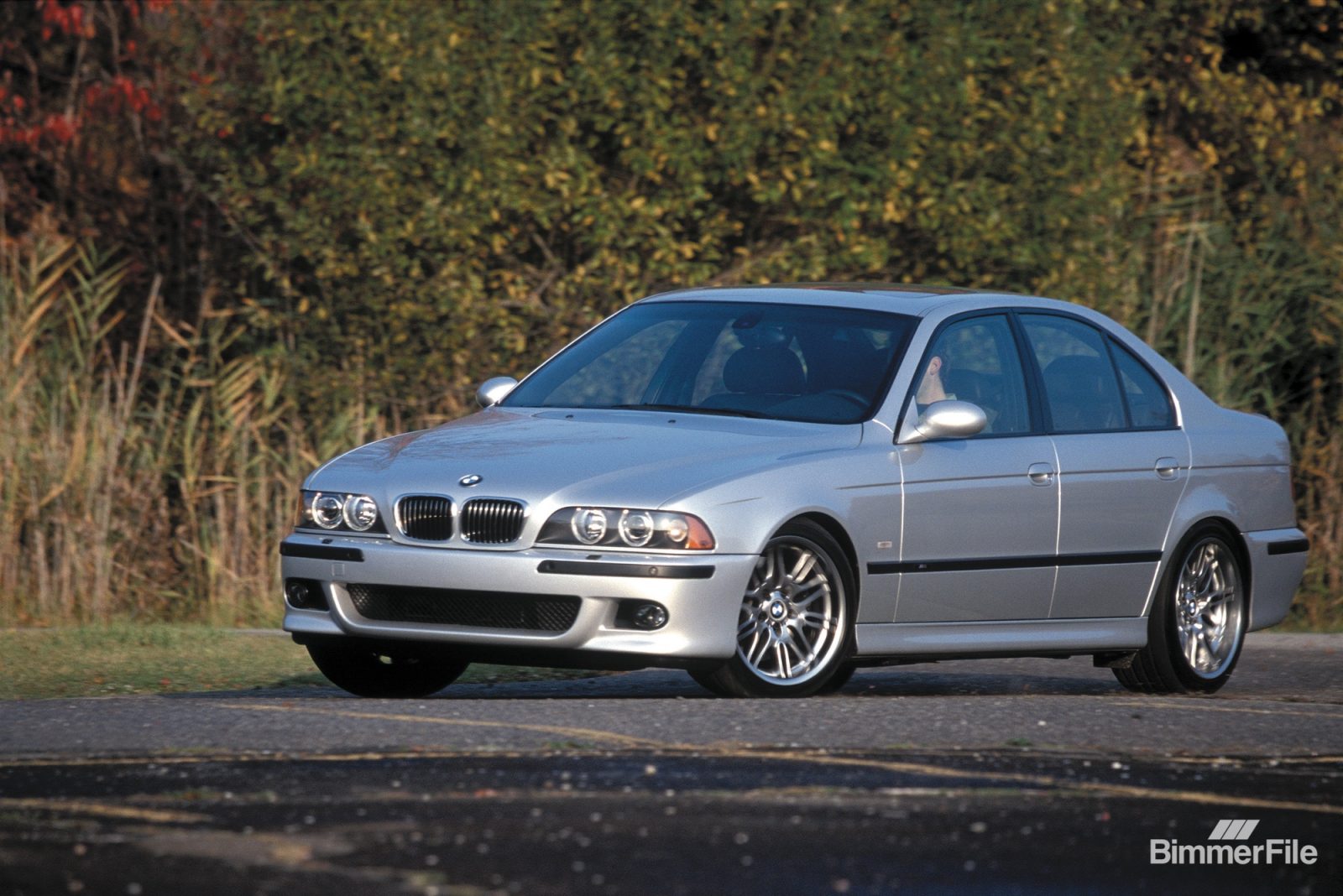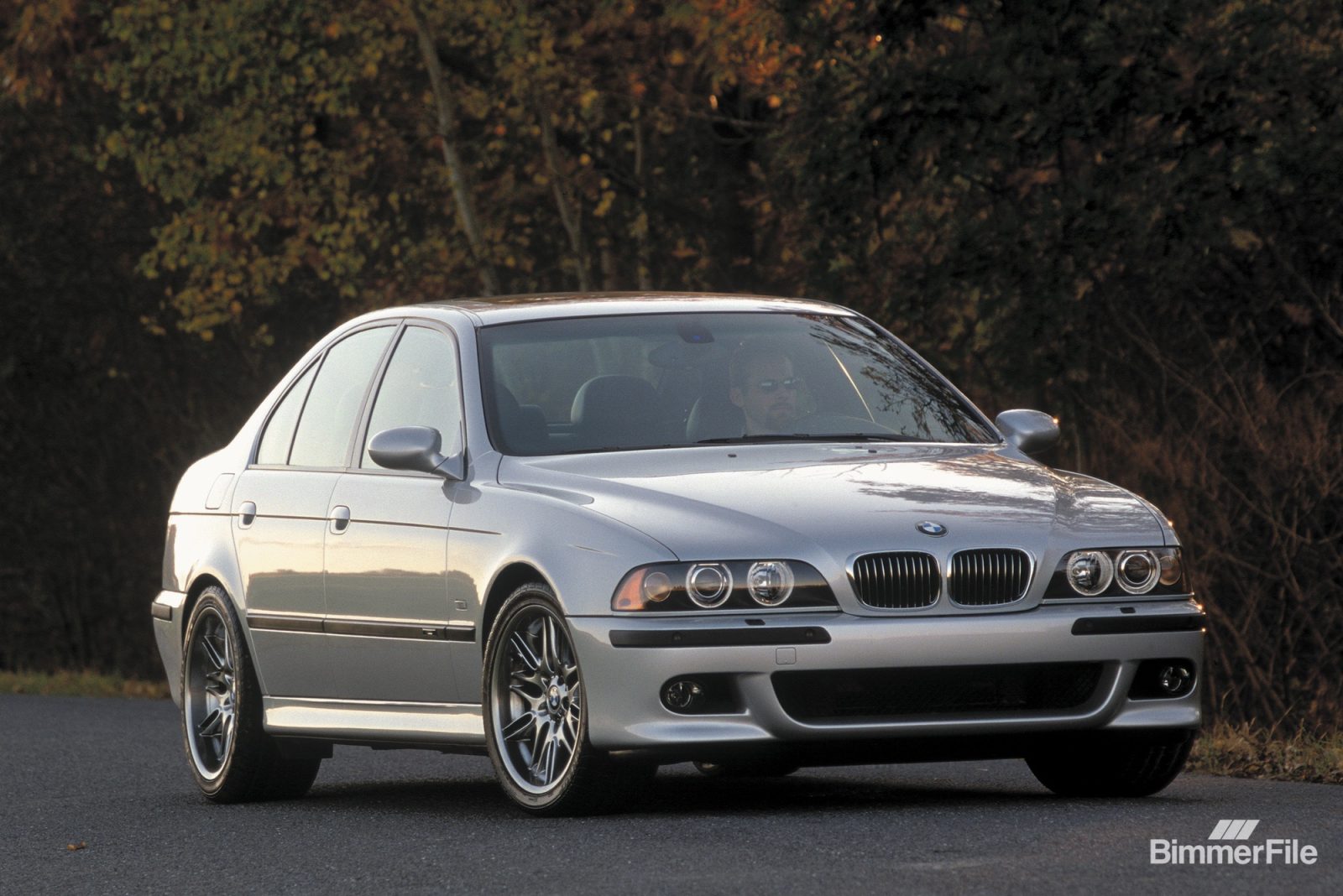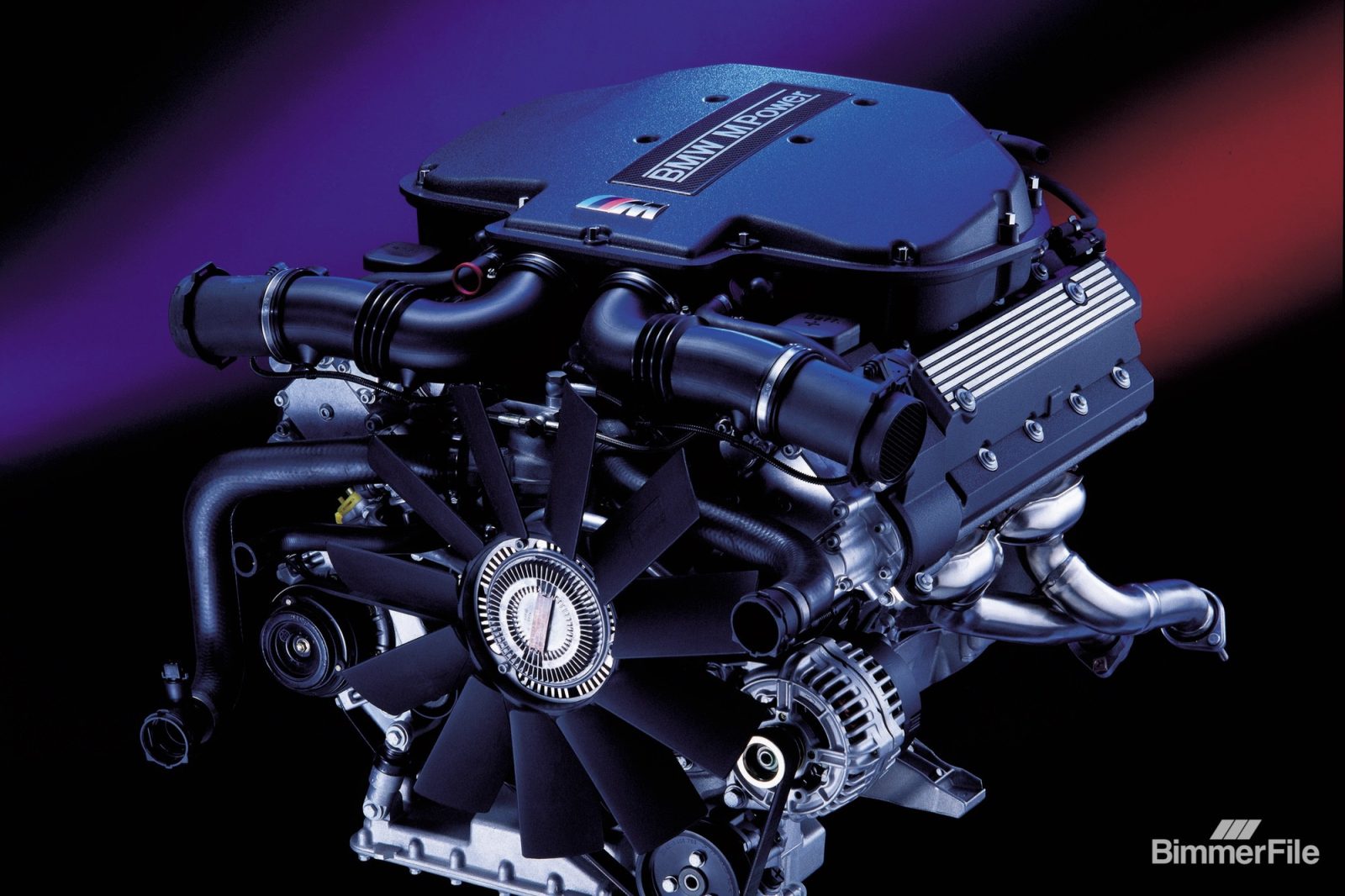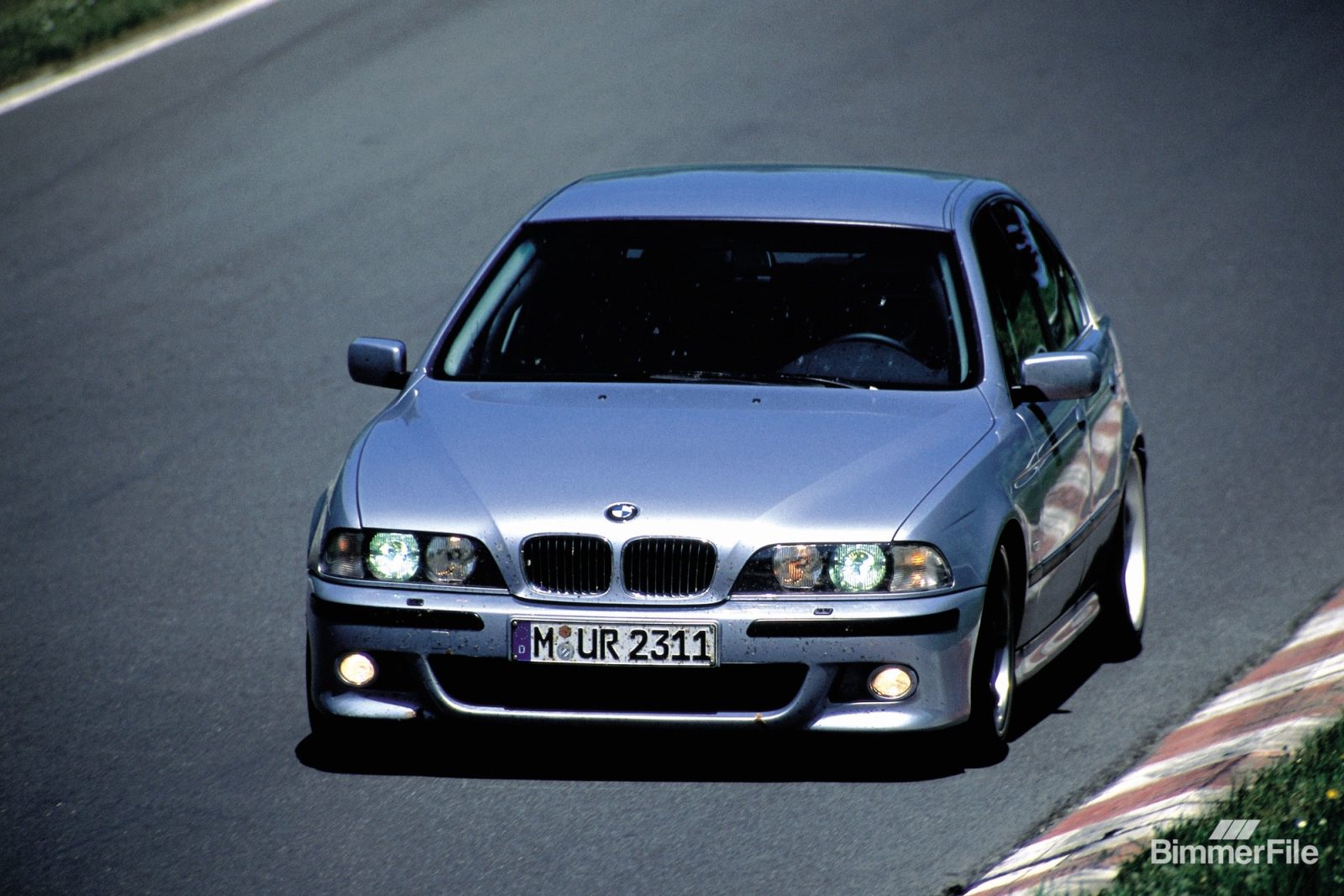In the land where the V8 engine was practically born and definitely raised, no foreign carmaker dared enter the ring without bringing eight cylinders to the fight. And while BMW had long built its reputation on silky inline sixes and razor-sharp dynamics, by the mid-1990s it was clear: if M wanted to own the American autobahn dream, it needed to speak V8.
It wasn’t BMW’s first V8 rodeo. Back in 1956, the Bavarians took a swing at it with the M502, but that engine was more Old World opulence than New World muscle. After it faded out in the mid-’60s, BMW leaned hard into its inline six legacy. That strategy worked—until it didn’t. As Lexus stormed into the American market with smooth, silent V8s and Mercedes leaned further into brute force, BMW had to evolve or fall behind.
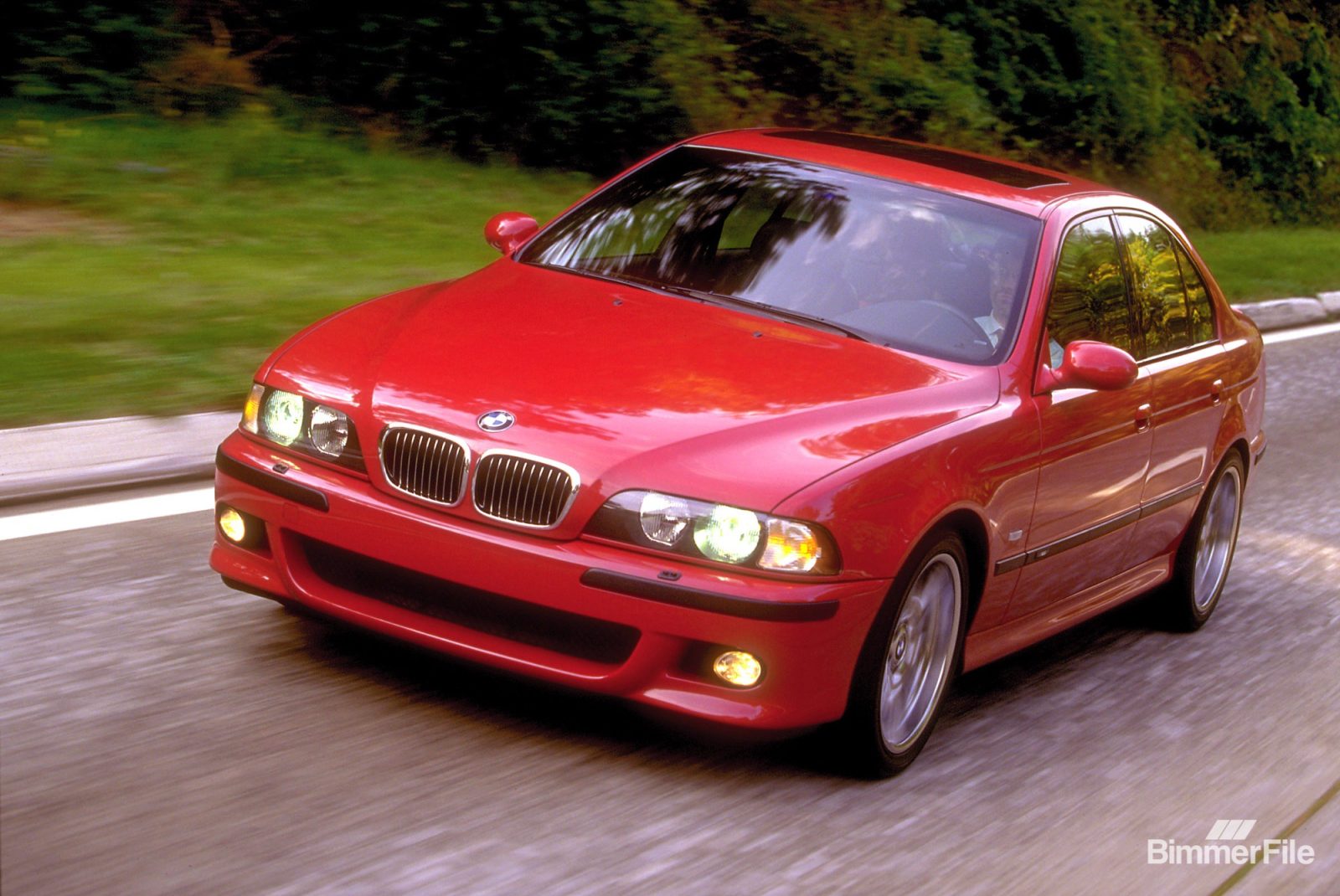
The solution? Bring back the V8. In 1992, the M60 arrived in Europe under the hoods of the 530i, 540i, and 740i, finally hitting the U.S. two years later. But what really set the stage was what came next—an M car built not around a race-bred inline six, but a V8 tuned for the street and engineered to own the highway.
And that’s where the E39 M5’s story begins.
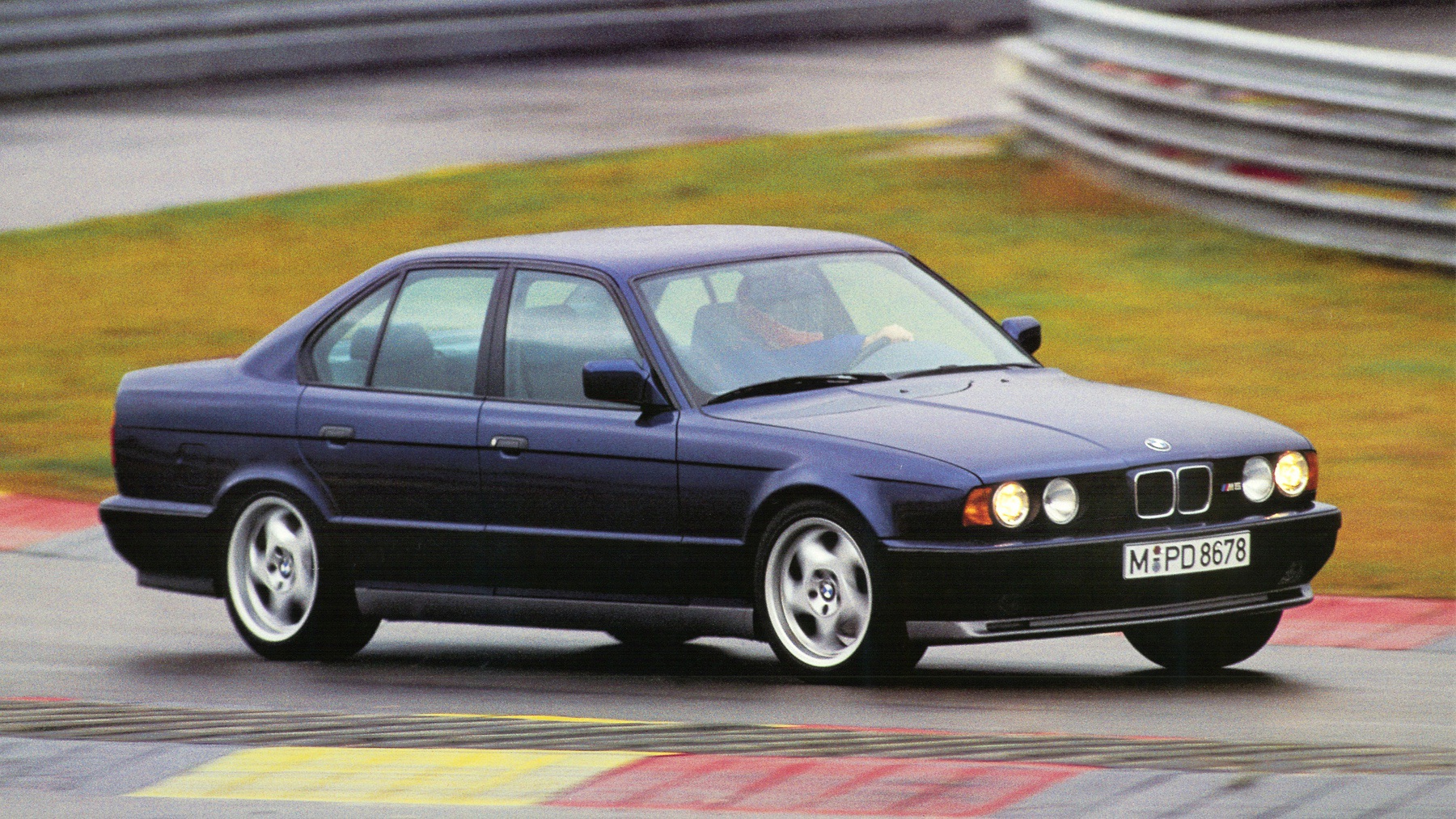
Back at M headquarters in Garching, the team was facing a crossroads. The E34 M5’s inline six had reached its ceiling. Powerful, sure. But complex, expensive, and increasingly outgunned. Meanwhile, the lighter and cheaper E36 M3 was proving nearly as quick with less drama—and more margin.
As work on the E39 M5 kicked off in 1993, two options sat on the table: a turbocharged inline six or a naturally aspirated V8. M boss Karlheinz Kalbfell was firmly in the six-cylinder camp, clinging to the idea that an M car should carry BMW’s heritage in its powertrain. But times were changing. American tastes were already drifting toward torque-rich, effortless performance. And M was watching closely.

“We wanted to create a sports car for gentlemen,” said project leader Alex Hildebrandt. “And the V8 was a natural choice.”
It didn’t happen overnight. The internal debate was fierce—BMW even toyed with a V6, a heresy in Munich. But in the end, the math won. A new inline six wasn’t feasible given cost and timing. A V8 was the only way forward.
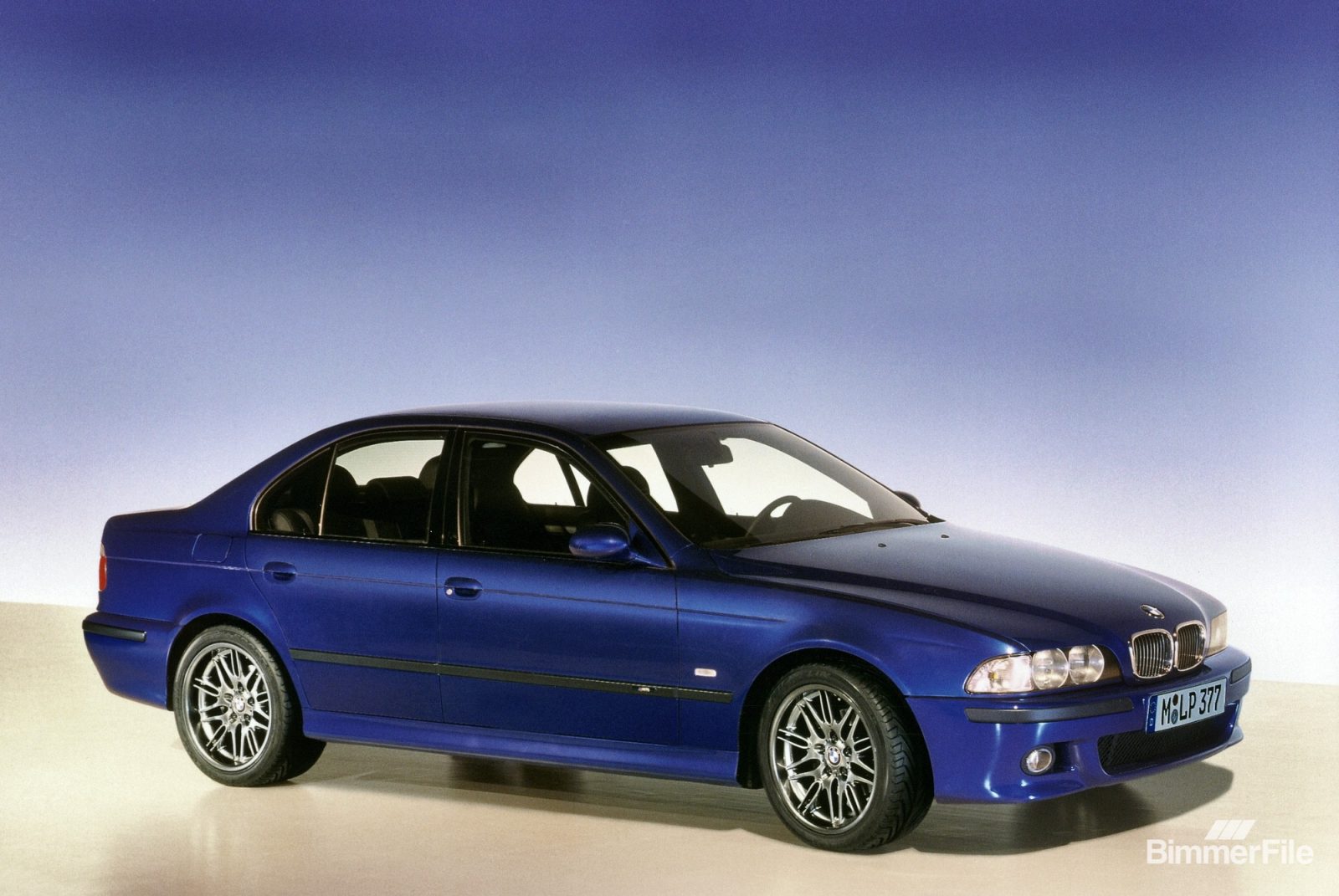
What many forget is just how close we came to missing out on the E39 M5 altogether. U.S. M car sales were slipping. The E34 M5 moved just 1,476 units here—barely a blip. BMW NA had even rejected the E36 M3 in its European spec, worried about cost and complexity. The whole M program was on shaky ground.
Then came the detuned, U.S.-only E36 M3. It was simpler, cheaper, and crucially—quicker to market. American buyers ate it up. The message was clear: there was real demand for M cars, if the formula was right.
That paved the way for an M5 reboot that embraced BMW’s new V8 and, intentionally or not, aligned perfectly with what American drivers wanted.
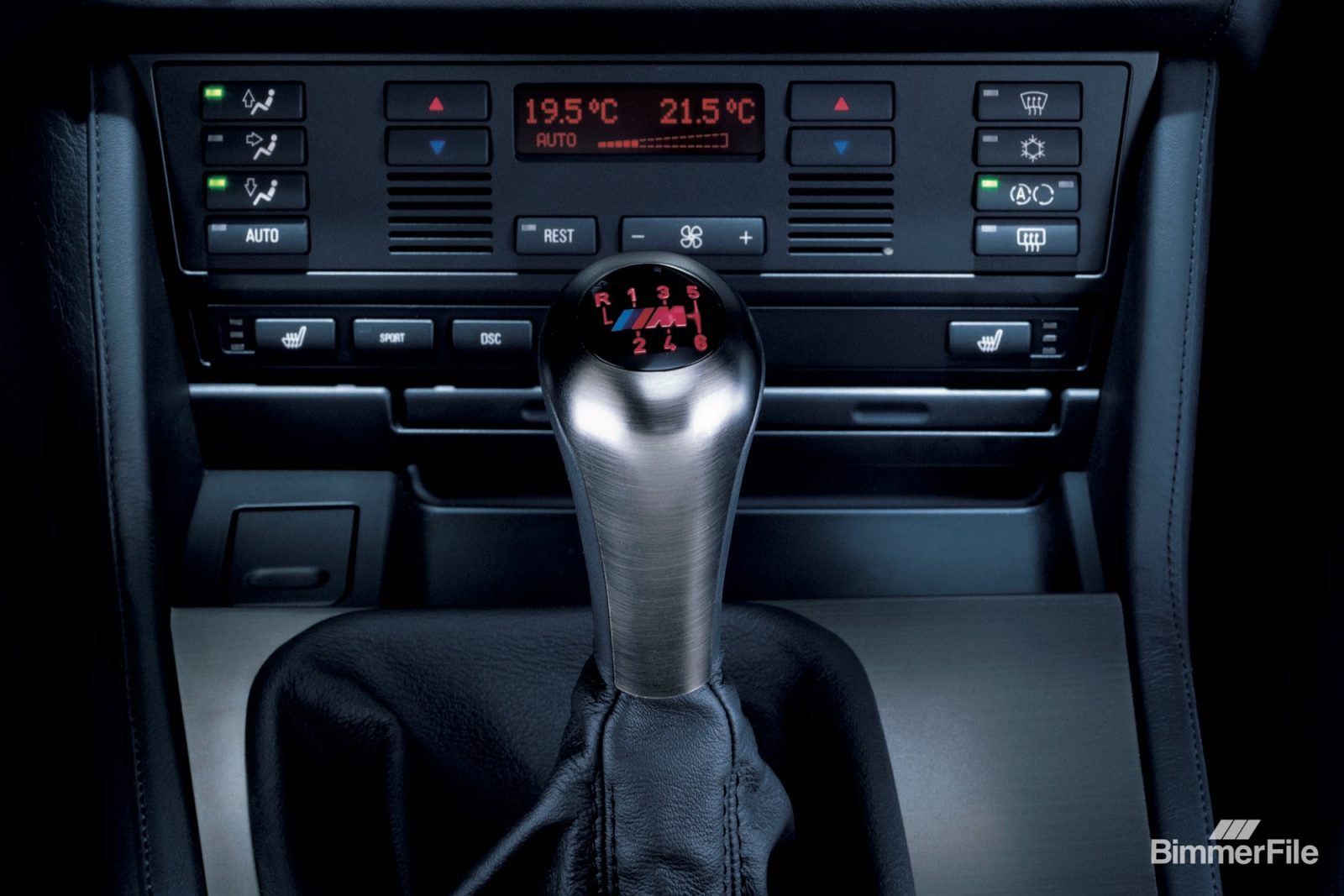
With development already behind schedule, the M division had to work fast. Instead of building a bespoke race motor, they started with the production M62 V8 and gave it the M treatment. The result? The S62—5.0 liters, 400 horsepower, 368 lb-ft of torque, and an appetite for revs unusual in a big displacement V8.
Gone were the solid lifters and constant valve adjustments of old M engines. In came hydraulic tappets, variable cam timing, and eight individual throttle bodies, all overseen by drive-by-wire. It wasn’t a high-strung screamer like the S54, but it delivered instant torque, long legs, and unflappable composure—exactly what American highways demand.
Matched to a six-speed Getrag manual and a mechanical limited-slip diff, the S62 gave the E39 M5 a dual personality: docile around town, brutal when pushed. And for the first time, BMW paired that performance with a refined luxury interior, a discreet exterior, and all the usability of a 5 Series. It was the super sedan America didn’t know it needed.
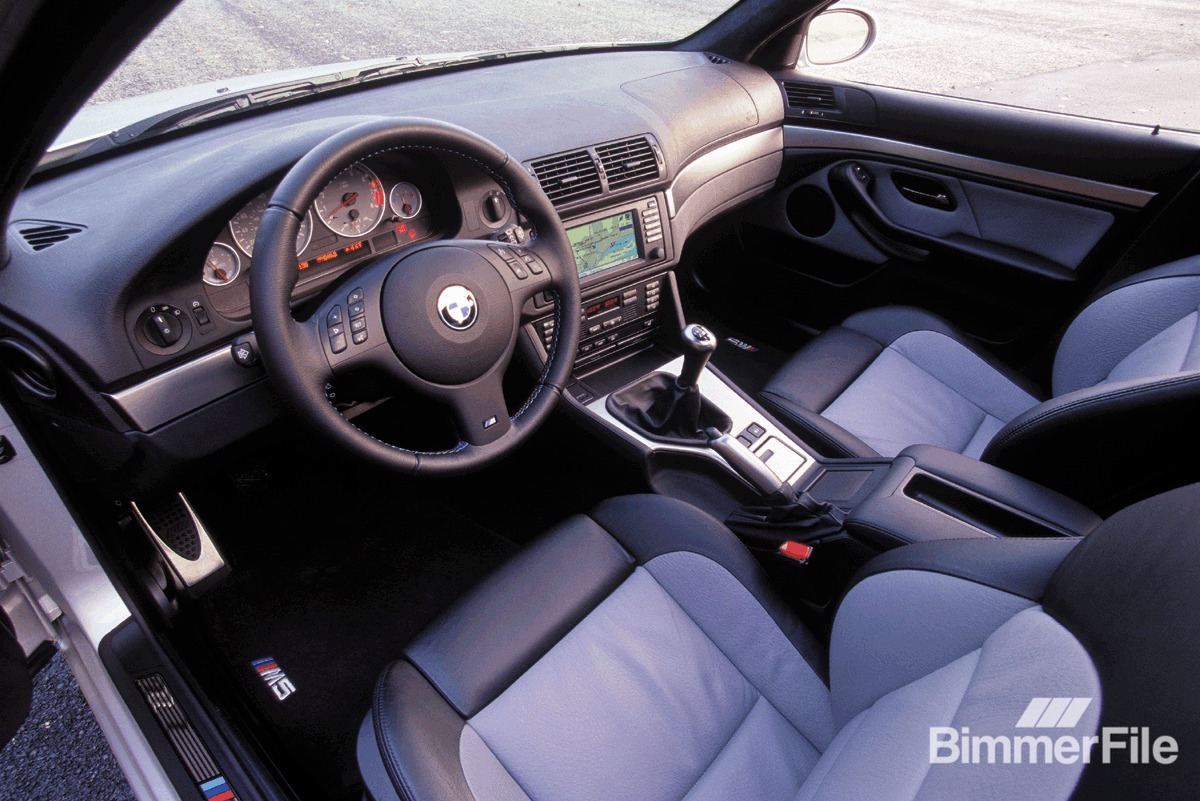
What made the E39 M5 special wasn’t just its numbers—it was how they came together. The suspension was stiffened, the brakes beefed up, and the chassis tuned by Gerhard Richter himself, the man who’d logged more Nordschleife laps than most pro racers. The result was balance—true M car balance—even with a big V8 up front.
“It’s one thing to throw a V8 into a four-door sedan and make it go fast in a straight line,” said former BMW NA M Brand Manager Scott Doniger. “But the M5 didn’t feel like a heavy sedan. The package just worked.”
That package included subtle aero tweaks, 18-inch M wheels, and just enough aggression to signal intent without shouting. Inside, the M5 offered heated sport seats, real leather everywhere, and an optional two-tone interior that felt properly bespoke. And then there was the kicker: every U.S. buyer got a complimentary day at BMW’s new Performance Center in South Carolina to learn how to really drive it.
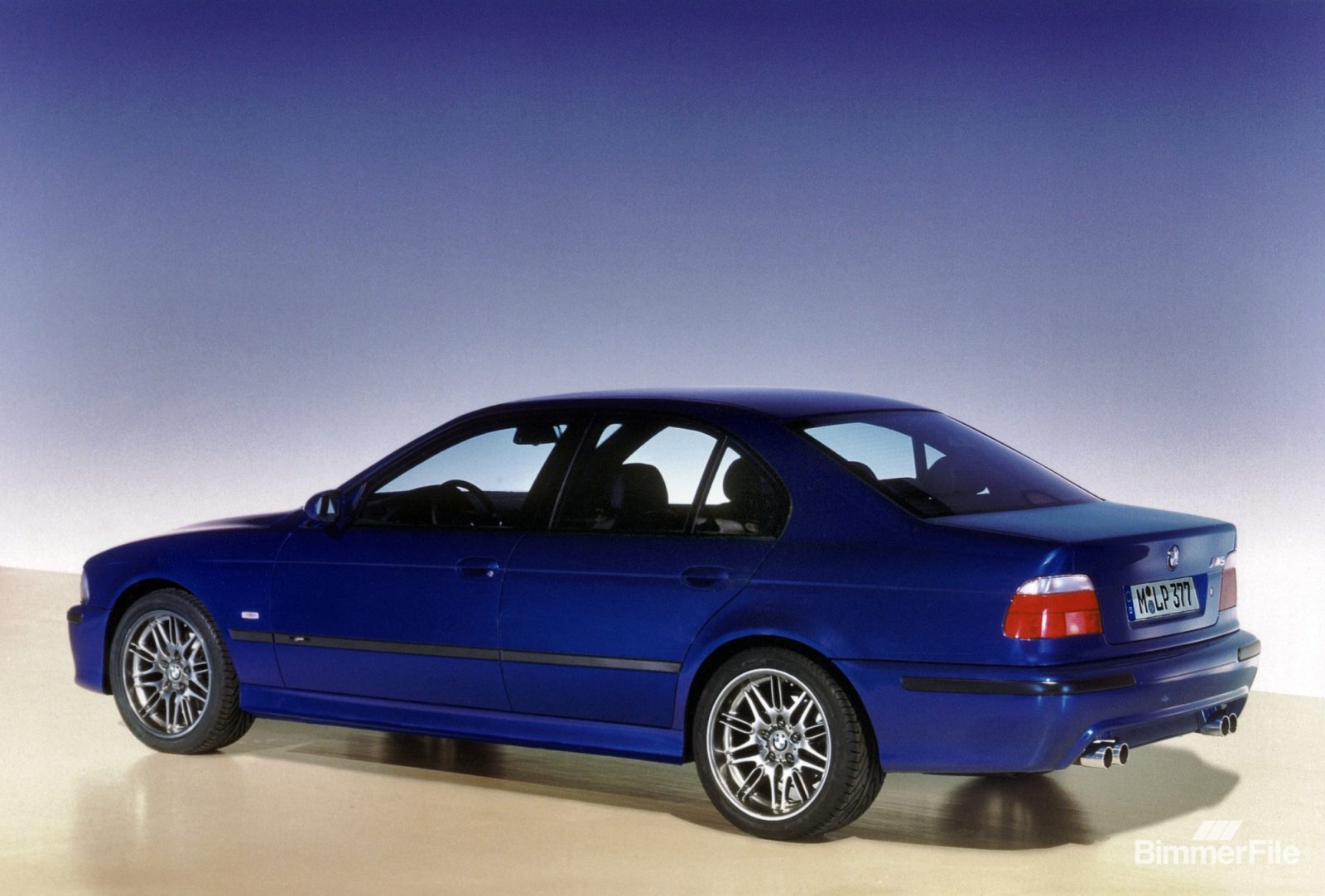
When the E39 M5 launched in the U.S. in late 1999, it hit like a thunderclap. At $69,700, it wasn’t cheap, but it was a bargain compared to the AMG E55 and Jaguar XJR. And it was the only one with a six-speed manual.
Buyers responded. In a few short years, the U.S. would account for nearly half of total E39 M5 production—9,198 of the 20,482 cars built. Demand outpaced supply. Dealerships had waitlists. For a company that had once questioned whether Americans even wanted M cars, the message couldn’t have been clearer.
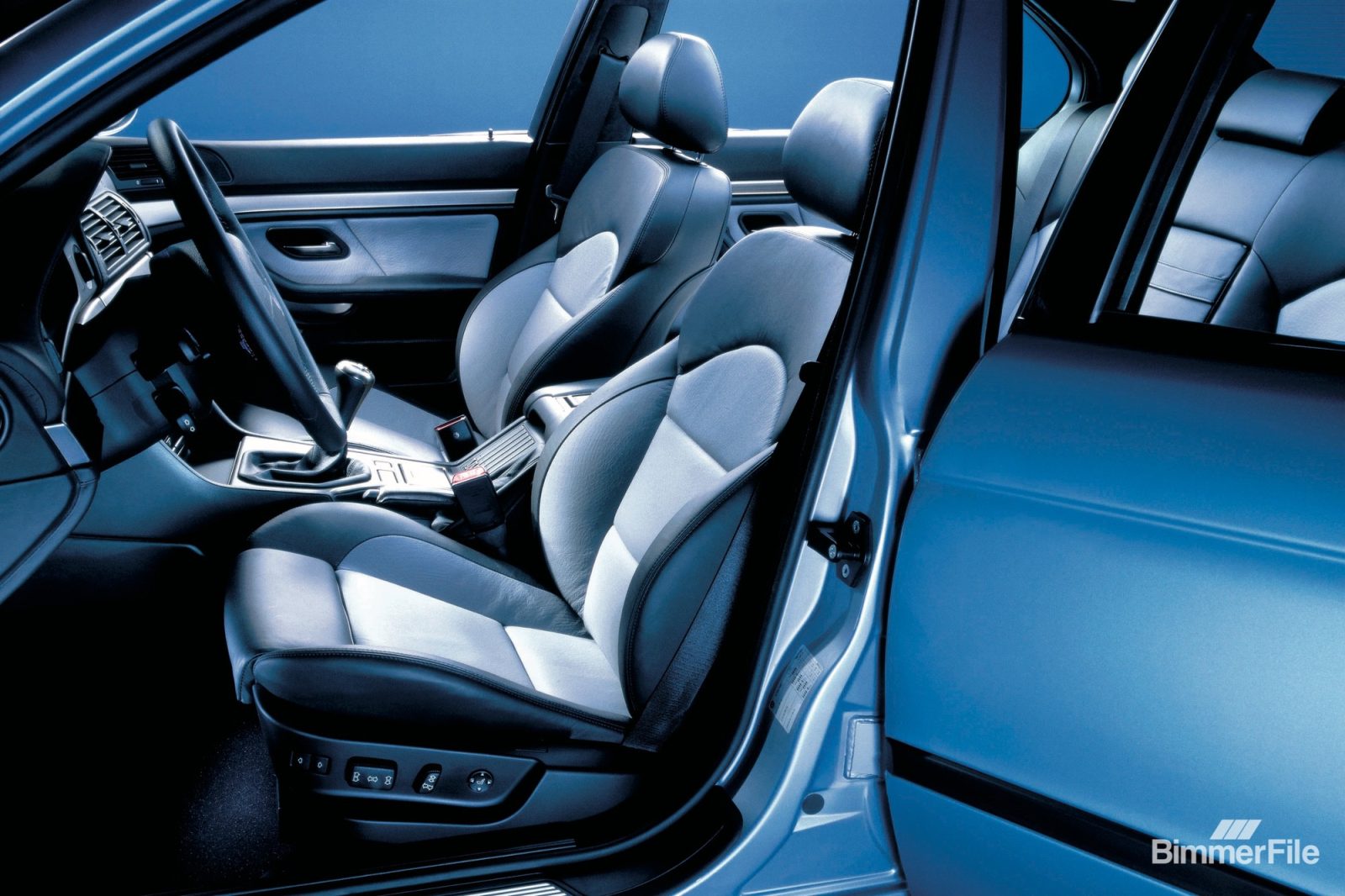
The E39 M5 wasn’t built for America—but it may as well have been. It was the perfect storm of performance, polish, and practicality wrapped in a body that aged like fine wine. It gave BMW the confidence to take bigger risks with the M brand. It proved that a proper M car didn’t have to shout to be dominant. And most of all, it proved that the right V8, in the right car, could turn skeptics into diehards.
Because that’s what the E39 M5 did—it didn’t just conquer America. It converted it.


